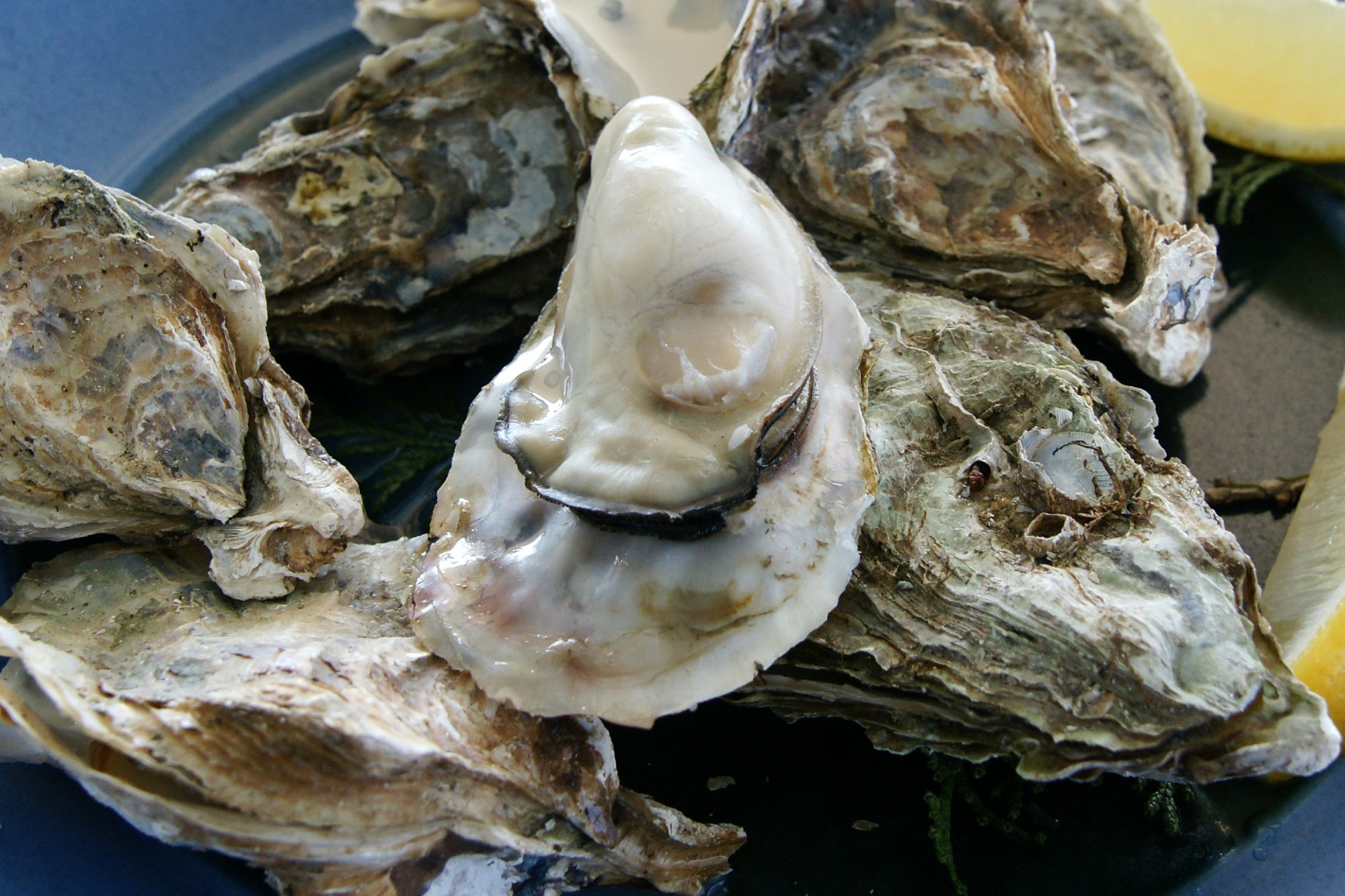Just do it. The difference in quality between freshly ground meat, and the stuff that comes in the Styrofoam and plastic-wrap containers from the supermarket, is huge. I can’t think of anything else in cooking that can make such a difference with so little work. It takes longer to clean my counter-top grinder than it does to grind enough meat for two large burgers (the rug-rats don’t get the good stuff). And have you ever noticed that commercially ground meat (you know, the stuff with the e. coli already included) seems a bit…mushy? I am not certain why that is, but I have a few ideas, and none of them is particularly appetizing. But home-ground meat has real texture, which translates to a much more appealing mouth feel.
Why the sudden mania? Two reasons. First, I was given that counter-top grinder, so I didn’t have to haul out the KitchenAid grinding attachment. It works well, but it is large, cumbersome, and is designed for more substantial quantities of meat. The new and nifty grinder is small, light, easy to clean, and doesn’t require that I drag the KitchenAid mixer out of its lair. Second, I really like burgers, but was tired of settling for the meat scraps and fat mix that most markets use. Even my favorite market’s ground beef was…good…but nothing to get excited about.
Lest you think that this is all fun and games, consider the almost endless possibilities presented by home grinding. Most markets offer three kinds: sirloin (expensive, and not worth it), chuck (sometimes nice and flavorful), and the most common stuff — floor scrapings and fat trimmings. But at home, the choices are endless because blending various cuts is simply a function of buying them. And at home, one has the opportunity to grind cuts that would never be used in a commercial setting. Last night I made excellent burgers with hanger steak. I have used it before as part of a 50-50 blend with chuck, and it was excellent. But at the urging of tommy:eats, I tried it on its own, and was rewarded with a wonderful, intense, beefy burger with great texture. I don’t double-grind, because the texture seems appealing with a single pass through the grinder, but many people send the meat through a second time. Try both, just for kicks, it might be an interesting comparison.
Of course, once you start grinding your own hamburgers, you will discover that the vitally important bun situation is a Hobson’s Choice. There are very few commercially prepared hamburger buns that will do justice to your home-ground burger. I was so disappointed with my choices that I began to experiment with baking my own rolls, but with summer here I have lost interest in baking, so that project will have to wait for the first miserable autumn day. Poke around your local bakeries; maybe one of them is sneaking some wonderful hamburger roll into the baking cycle. But broaden your horizons slightly; brioche rolls might be the best choice, as long as they aren’t too sweet. And challah rolls, if you can find them, are an interesting alternative.
Whatever you do, give this a try. And if the thought of buying one more kitchen utensil that will be banished to a storage closet, never to be seen again makes you cringe, you can make a very serviceable burger with a sharp knife and some patience!

For grinding beef the cutting blade of a food processor works beautifully. Cooking it is disputable since steak tartare from freshly ground beef is a delight.
I agree with Dr. Lapin (if he really is a doctor)…but the more important issue is: can one make a burger out of tartare? The answer is no, you cannot. I tried this a few weeks ago; made tartare and was informed that virtually none of the guests wished to eat raw meat. I thought I would be clever and make patties and grill them…it was grotesque.
And by the way, one of the best burger buns I have ever had was a 5 inch Zingerman’s sourdough English muffin, which I first toasted and butterd.
There are two issues here. The first, and obviously the easiest to address, is why you had so many guests with no taste. Get new friends.
The second is that tartare is so finely ground that there is almost no texture. It is wonderful spread on some toast rounds and accompanied by some raw egg yolk, but cooked? That is nausea inducing.
This Zingermans story sounds interesting, especially now that I have googled it and the first heading on the web site is “Zingerman’s Guide to Better Bacon.”
Tartare should not be ground so fine that it has no texture. Read some of the great French cookbooks ( if you can read French) and learn how to make it properly. Dr. Lapin ( yes, I am a real MD doctor.)
The best cookbooks I know of are authored by the great Alice Waters. Perhaps you have heard of her; she only revolutionized the culinary world 20 years ago. She insists on a fine grind for tartare.
tartare is generally made from tenderloin, no? if so it would certainly be ill-advised to grill a patty of steak tartare. conversely, has anyone made steak tartare from any cut that you’d actually grind into a hamburger?
I have made it from chuck, from which I carefully removed the connective tissue and fat. It was tedious, and worth the trouble. I’ll bet that any full-flavored beef cut would be better than tenderloin.